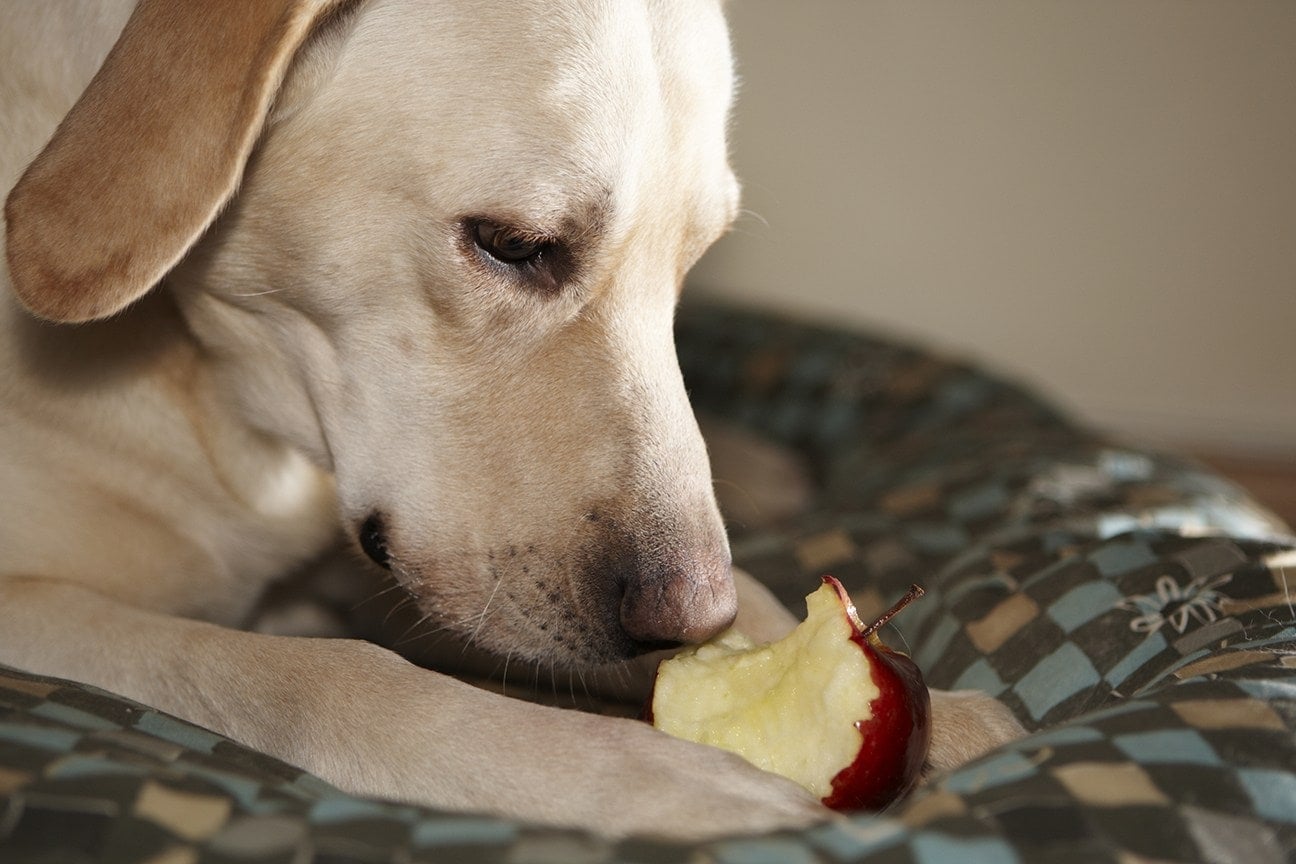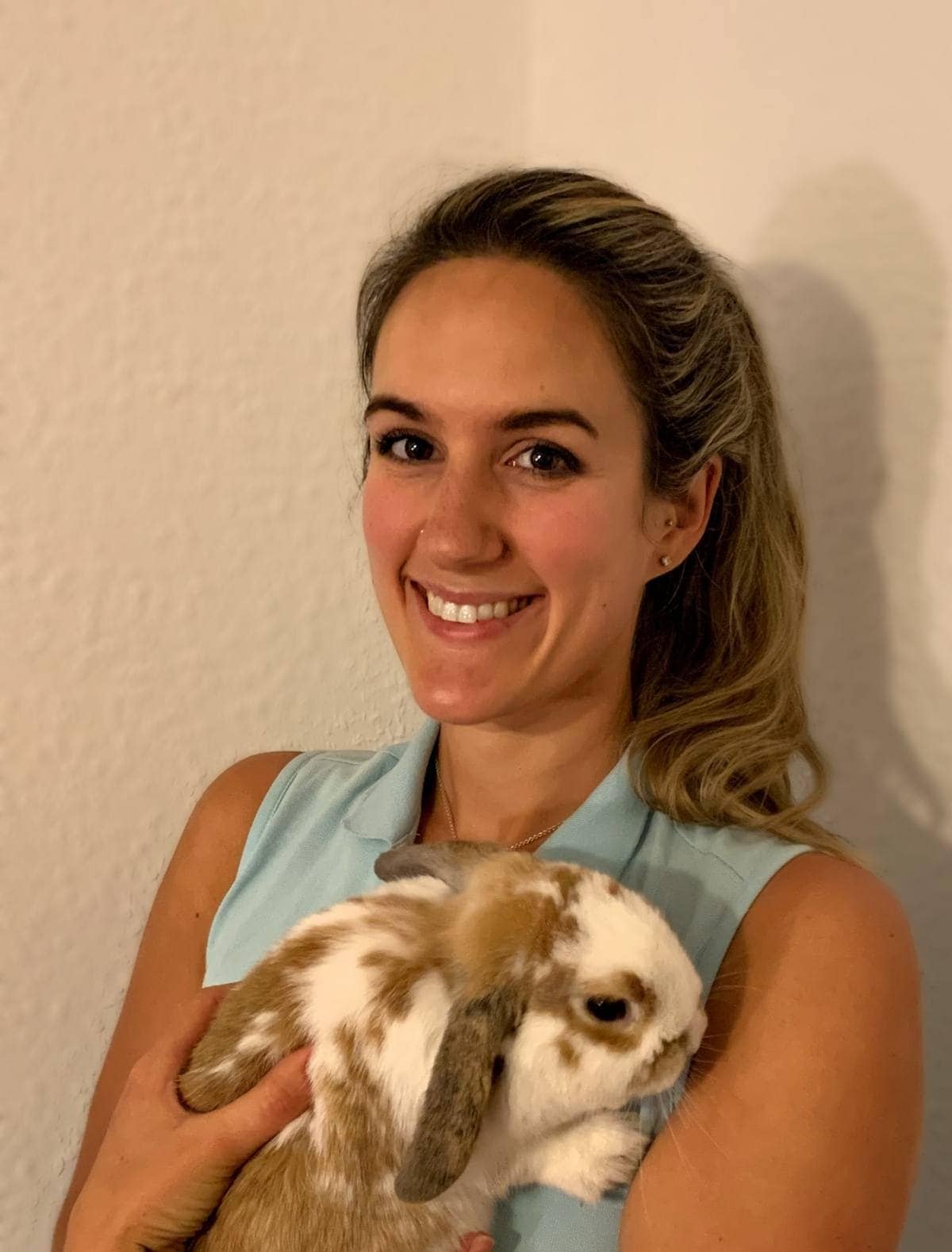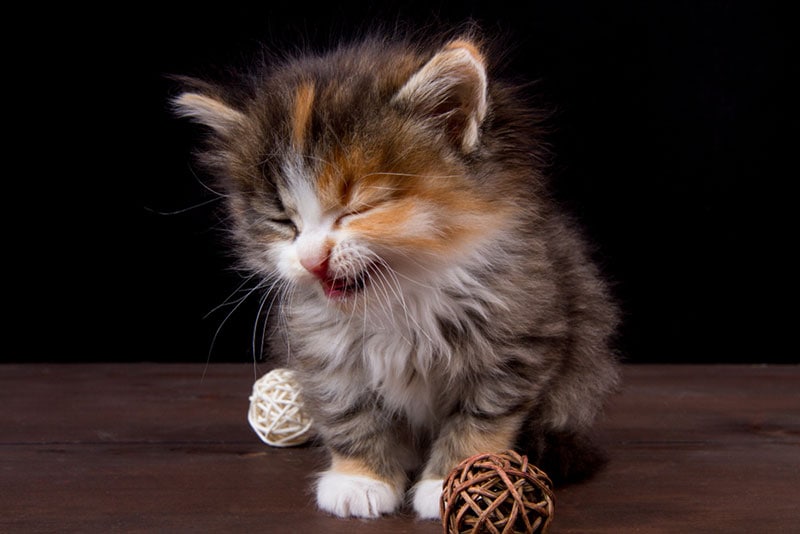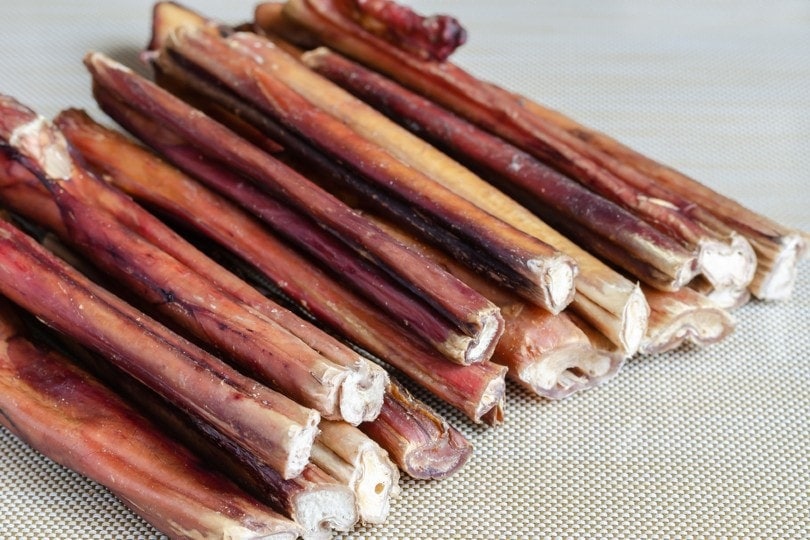How Do Turtles Poop? Their Digestion Explained (Vet Answer)
Updated on
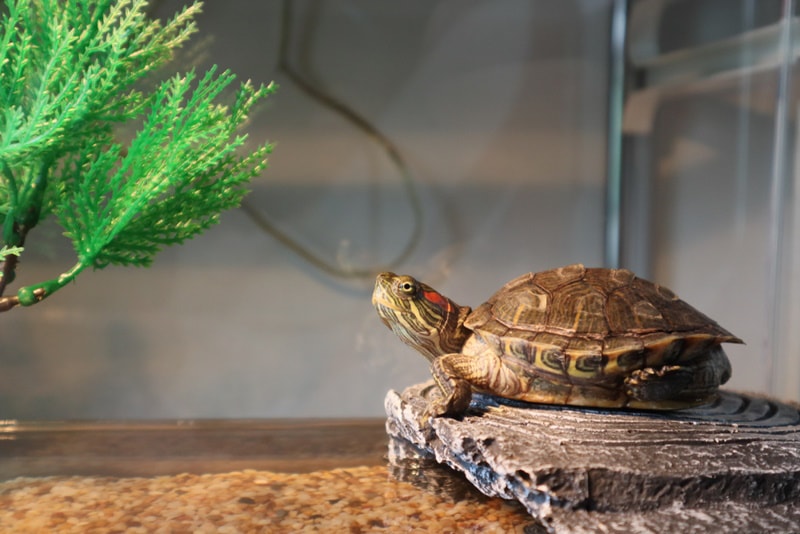
Click to Skip Ahead
Turtles are a type of reptile belonging to the order Chelonia. It is important to note that there are several different types of turtles and tortoises within the order Chelonia, and that species-specific differences exist. Overall, their digestive tracts mirror that of humans with a few small differences. Continue reading to learn more about the digestion process in turtles.
The Digestive System in Turtles
Turtles’ digestive tract resembles that of most animals, including humans, with a few small differences. The start of digestion occurs with the ingestion of food into the oral cavity and ends with defecation through the vent. The transit time of ingesta from the oral cavity to the vent in turtles may be longer than in some animals, as body temperature, hydration, and frequency of food intake can influence transit times. The diet of turtles varies greatly based on the species.
Oral Cavity
The oral cavity of the turtle consists of lower and upper jaws with a strong beak, tongue, and salivary glands. The beak helps to mechanically break down food taken into the oral cavity, as turtles do not have teeth. The beak grows throughout life. The tongue helps propel the food toward the esophagus located toward the back of the mouth. Salivary glands within the oral cavity help to break down food.
Once the food reaches the back of the oral cavity, it is swallowed and passed down the esophagus. The food is propelled through the esophagus and enters the stomach.
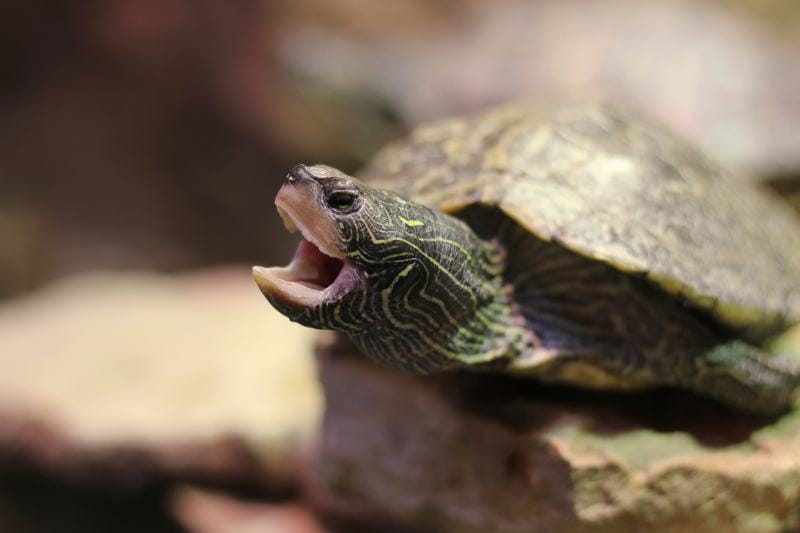
Stomach, Pancreas, Liver, and Intestines
The stomach of the turtle helps to physically break apart food. The stomach contents exit into the small intestines through the muscular portion of the stomach called the pylorus. Like humans and dogs, turtles have three parts to their small intestines: the duodenum, jejunum, and ileum.
The appearance of the different intestinal portions is externally indistinguishable from one another. The location of the intestines within the body helps to identify the portion of the intestines. As food enters the duodenum, bile produced by the liver and pancreatic enzymes are deposited, which help to break down food. Nutrient absorption occurs along the small intestines.
The cecum connects the small intestines to the large intestine, called the colon, where water absorption occurs. Depending on the species of turtle, the cecum may not be very large. Unused food turns into feces within the colon. The colon then connects to the last portion of the digestive tract, the cloaca.
The Cloaca
The cloaca is a specialized sinus that the urinary, digestive, and reproductive systems empty into. This is where feces will be deposited prior to being expelled into the environment through the vent. Some types of turtles are even able to use the cloaca for respiration when submerged in water. Cloacas are not specific to turtles; other reptiles, amphibians, and birds possess these unique chambers.
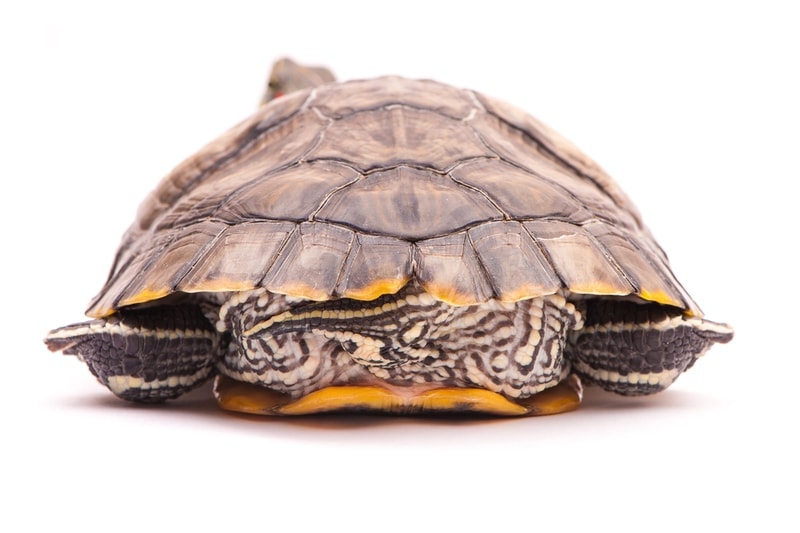
In Summary
The digestion tract of the turtle is not much unlike that of our own. Turtles have a unique sinus called the cloaca that collects products from the gastrointestinal urogenital tract. Feces collect in the cloaca prior to expulsion into the environment. Variations in the digestive tract likely exist between species of turtles; however, the overall digestion process is similar.
Featured Image Credit: Mark Leung, Shutterstock


